Our Research
Research Stories
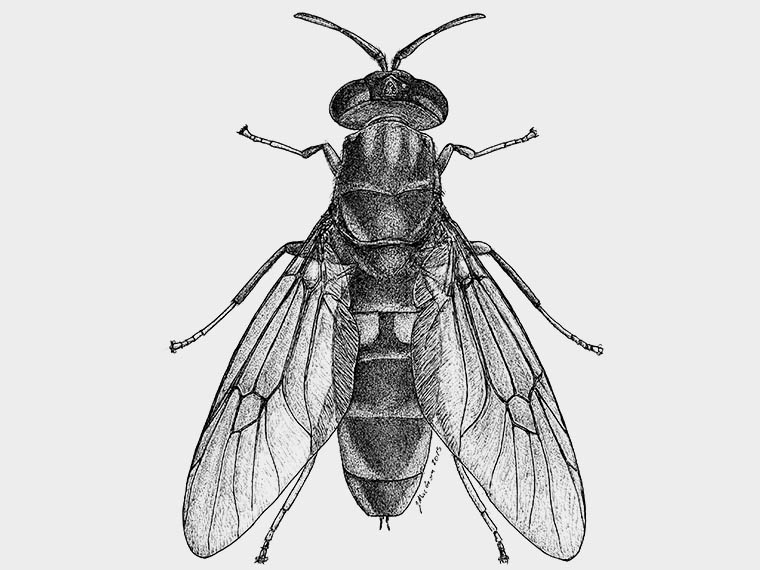
A soldier in the fight
As the world's population accelerates toward nine billion, scientists search for ways to improve efficiencies in food production systems. One possible solution centers on the black soldier fly, which turns agricultural waste into viable protein that can be used in feed for livestock such as chickens.
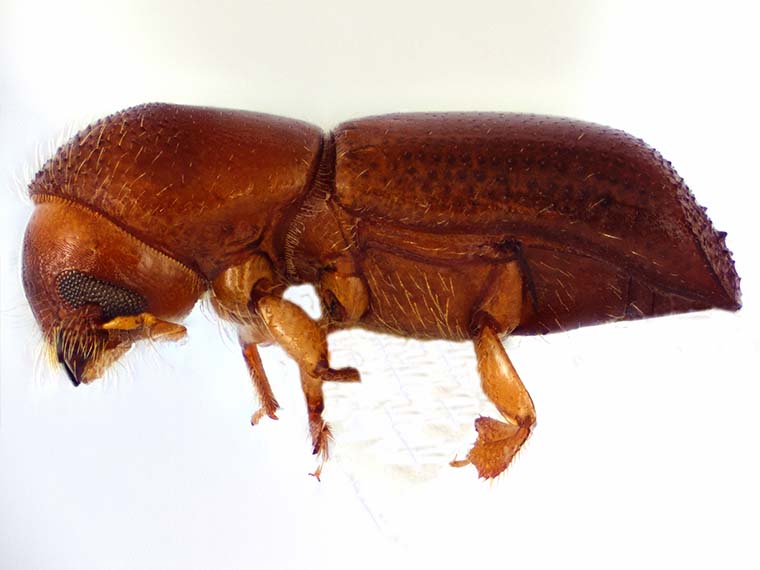
Bye-bye Bay leaf
The redbay ambrosia beetle is believed to have been introduced from Asia to Port Wentworth, Georgia, in the early 2000s. They most likely came from infested, solid wood packing materials in a cargo container, which happens often with wood-boring insects. They then spread through infested materials-such as wood, ornamental plants, and debris-to Jackson County, Mississippi, where the beetles were discovered in 2009.
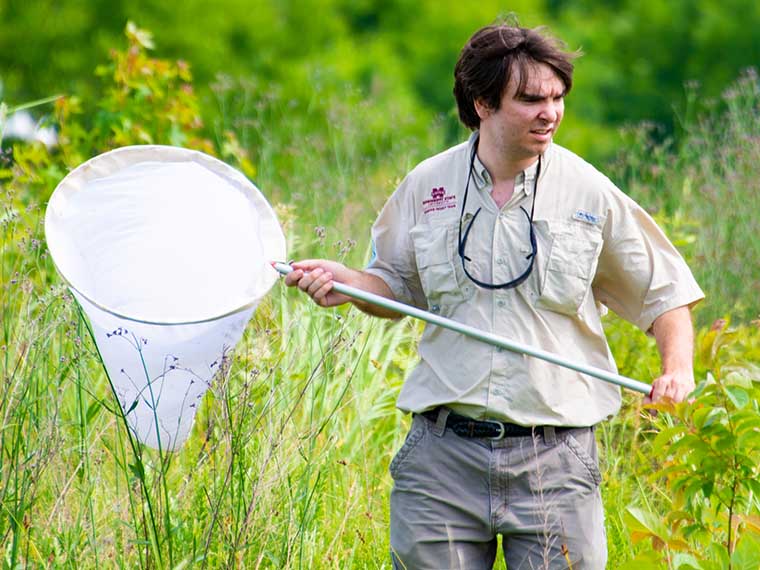
Counting Butterflies
Butterflies, albeit to a lesser degree, also serve as pollinators just like their honeybee counterparts. While there are nearly 600 species of butterflies commonly found in the U.S., MAFES researchers hope to better quantify butterflies in our own backyard-specifically those species located in the Sam D. Hamilton Noxubee National Wildlife Refuge.
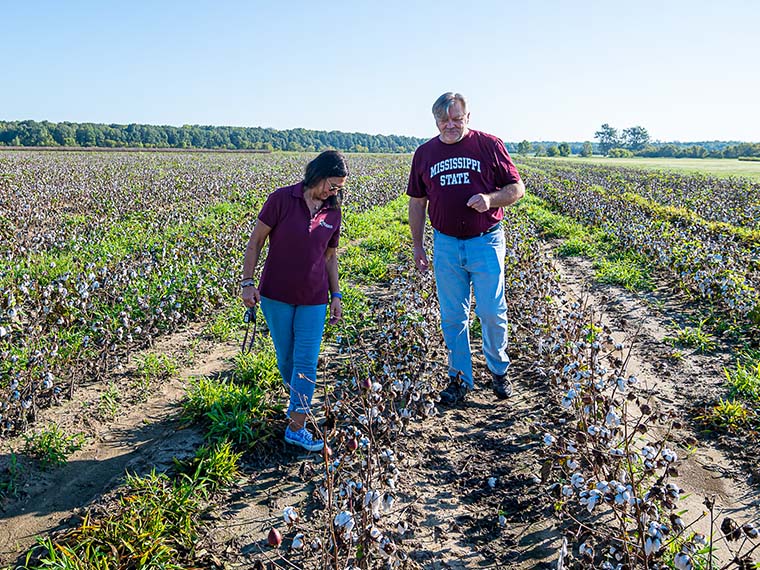
Dwarf Virus, Giant Impact
A relatively new pathogen has been creeping insidiously through cotton fields across the Southeastern U.S. Two Mississippi Agricultural and Forestry Experiment Station (MAFES) scientists are striving to better understand how it infiltrates cotton plants and how best to defend against this elusive adversary.
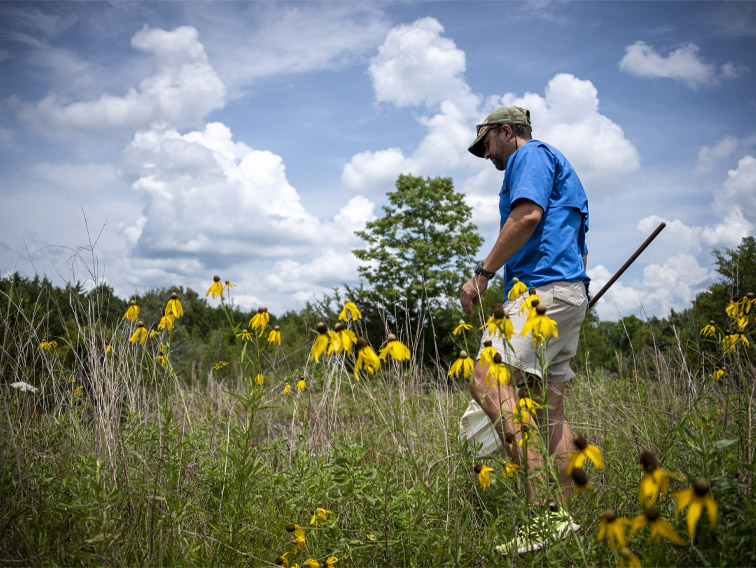
Open Spaces, Endless Possibilities
Grasslands once covered an estimated ⅓ to ½ of the Southeastern U.S., or an estimated 120 million acres, as some of the most biologically diverse ecosystems in America. As the first areas to be settled because of fewer trees and better soils, grasslands were carved out into different landscapes. It's in these fragmented spaces dotted across 24 states, including Mississippi, that Dr. JoVonn Hill, a MAFES scientist and assistant professor in the Department of Biochemistry, Molecular Biology, Entomology and Plant Pathology, has discovered a little over 30 new grasshopper species.
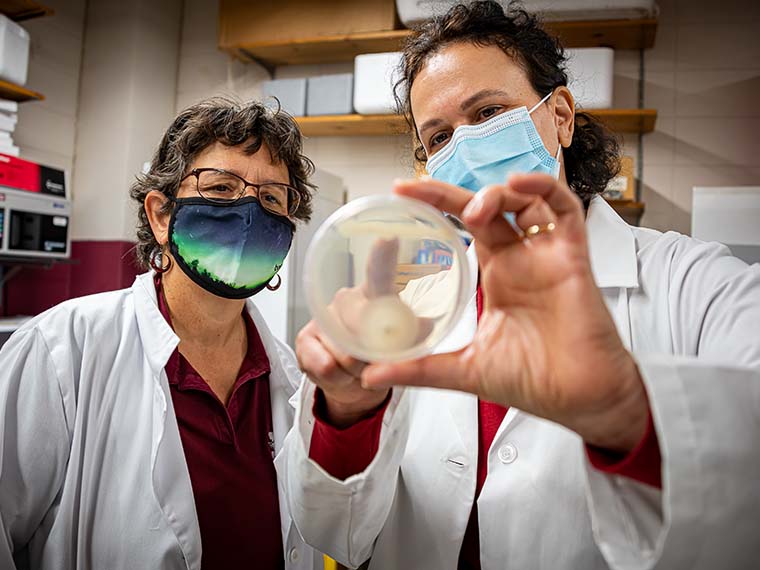
Root Cause
FOR MISSISSIPPIANS, the state's 1.6 million acres of soybeans represented a $762 million production value in 2019, positioning our state as the thirteenth top soybean producer in the nation. However, within the soybean fields, this prosperity is being threatened by a novel pathogen known as Xylaria.
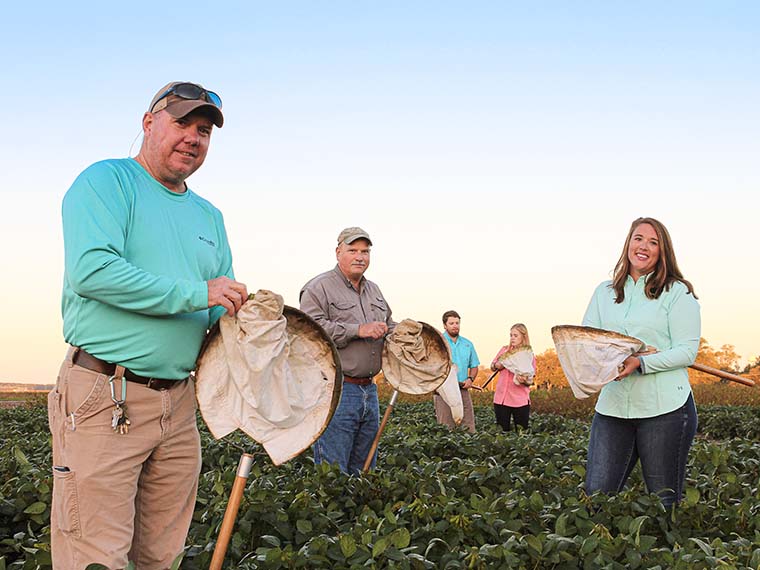
Targeting Pests
VARIABILITY IS THE NAME OF THE GAME when you are farmer. Uncertain weather, expenses, and markets are just a few of the challenges that can make or break agricultural producers. With all of these unknowns, there are still other concerns for producers that are expected yet unwanted, particularly in the South, namely insects.
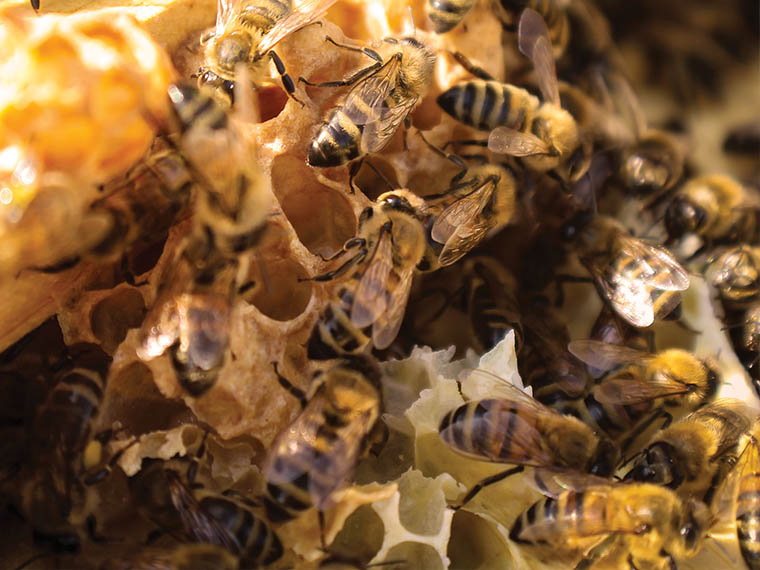
The Buzz Surrounding Neonics
In the midSouth, early-season pest management is a significant challenge to farmers. For insects, relatively mild winters combined with long, productive growing seasons create an almost perfect environment for their propagation. It is not unusual to see a variety of pest species coexisting at high levels in many fields. Of specific concern to farmers are thrips, bean leaf beetle, three-corner alpha hoppers, and a variety of soil-dwelling insects.
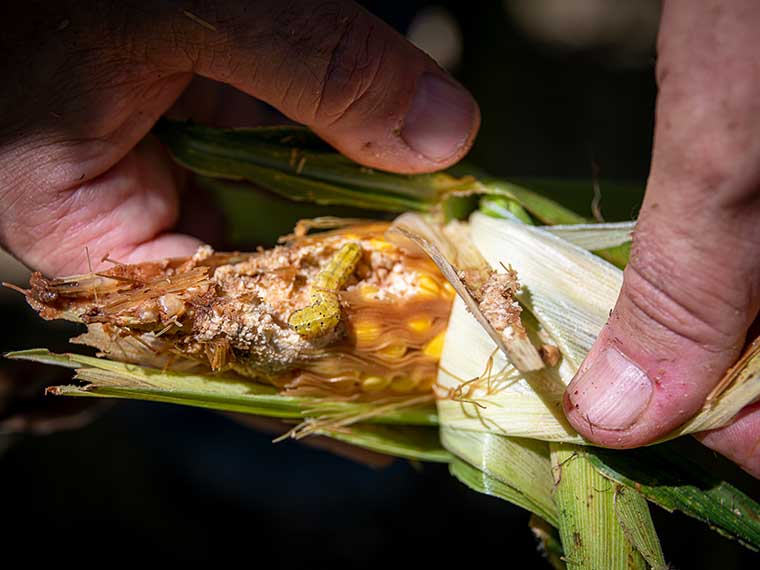
Under Pressure
Insect pressure in the field has long been a problem for row crop producers. Additionally, insects can damage stored grain, which can be a huge nuisance for farmers and grain elevator operators. Several types of insect pests can wreak havoc on row crops from cotton to corn to soybeans and more, impacting food quality and availability along with the producer's bottom line.
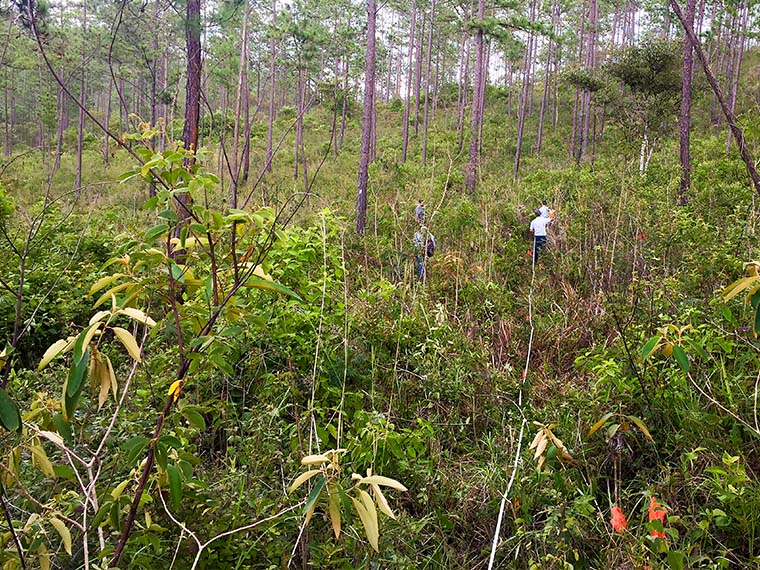
Understanding a Global Pest
Forestry is a $12.79 billion dollar industry in Mississippi so when pests like the southern pine beetle cause an outbreak it's a major cause for concern. Currently, the Magnolia State is experiencing its worst pine beetle outbreak in more than 30 years with more than 4,000 spots throughout the state's forests infested with the southern pine beetle. And the problem extends far beyond Mississippi.

Unlocking Mysteries
In the world of turf science, mysterious brown spots provide a peek at the multitude of bacteria and fungi that live within our lawns. Dr. Maria Tomaso-Peterson, a research professor in biochemistry, molecular biology, plant pathology and entomology, recently classified Culvaria malina, a strain of fungus common in turfgrass, which had previously gone unclassified.
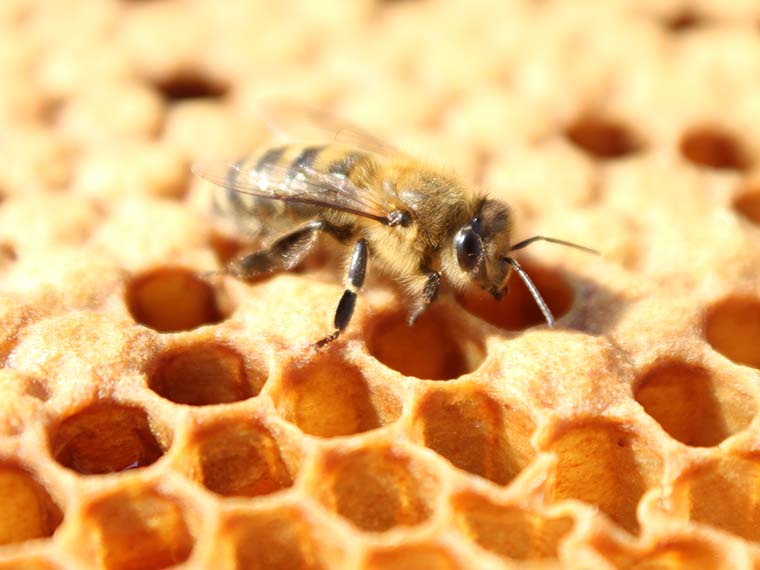
Vanquishing the Varroa
Insects are often used as medical models. In fact, the 2017 Nobel Prize in Physiology or Medicine was awarded to a team of researchers studying circadian biology in fruit flies. Dr. Natraj Krishnan, MAFES entomologist and associate professor in biochemistry, molecular biology, entomology, and plant pathology, studies the fruit fly as a medical model to learn more about neurodegenerative diseases, but it's his work in bees that's a little unexpected.
